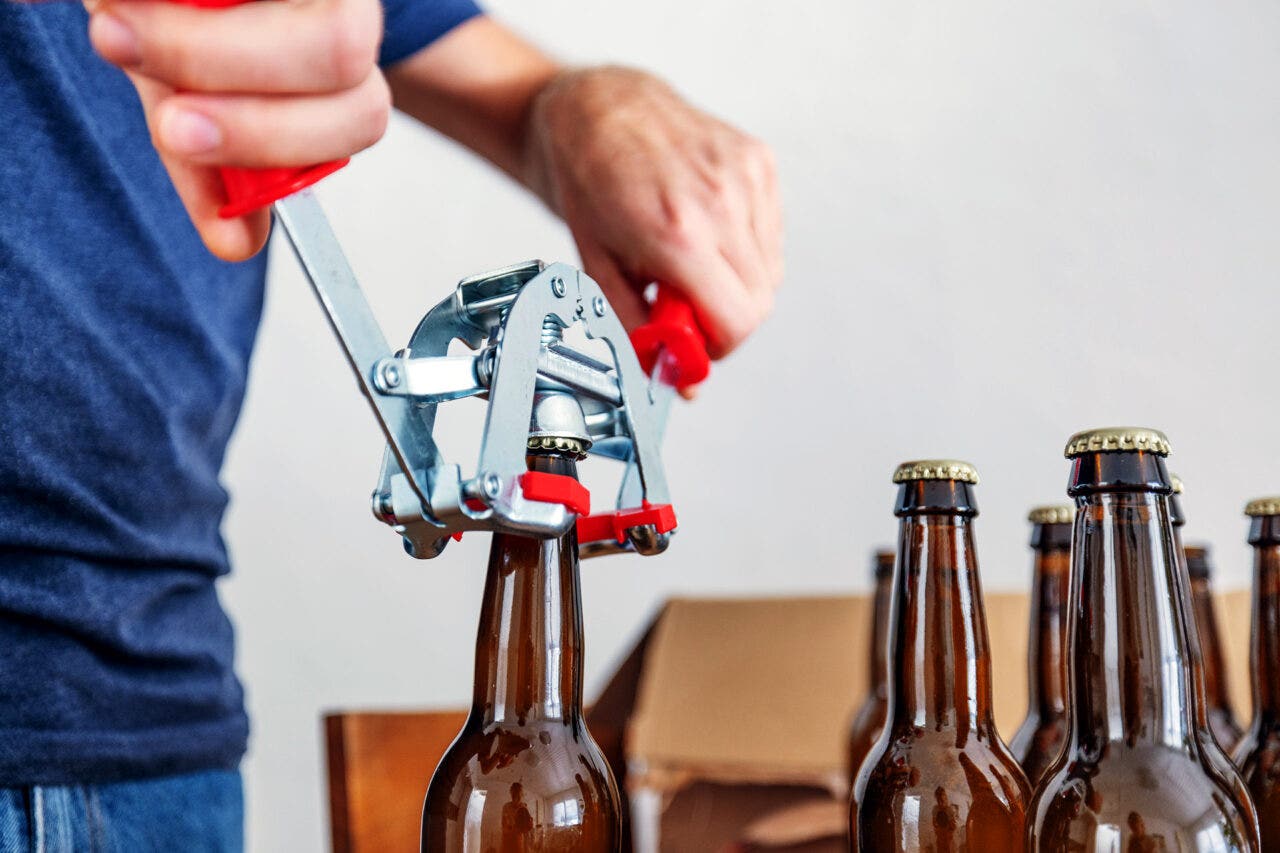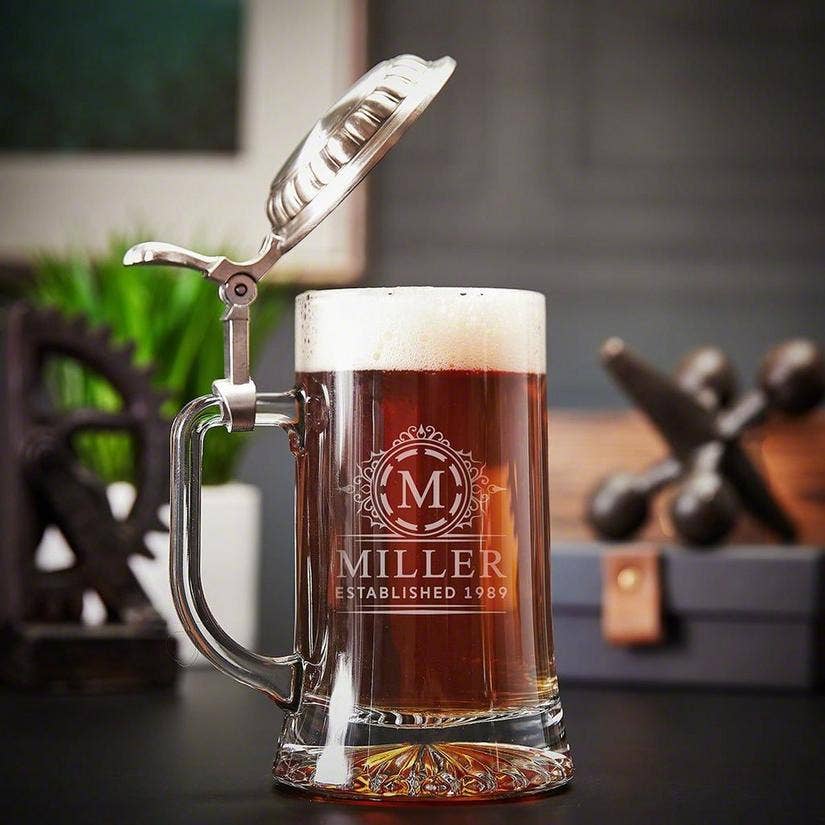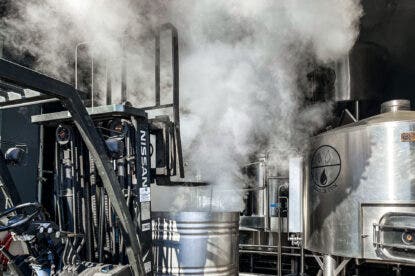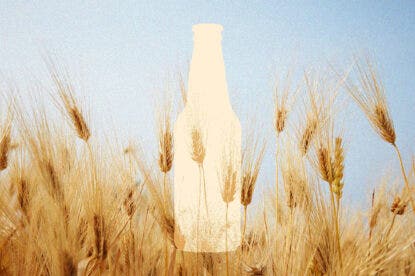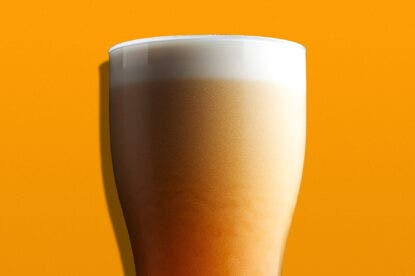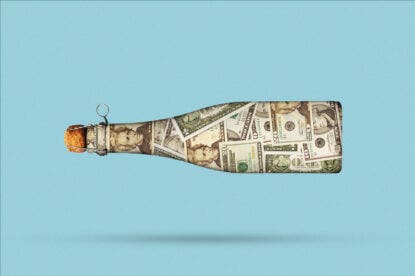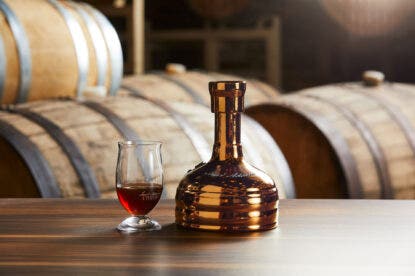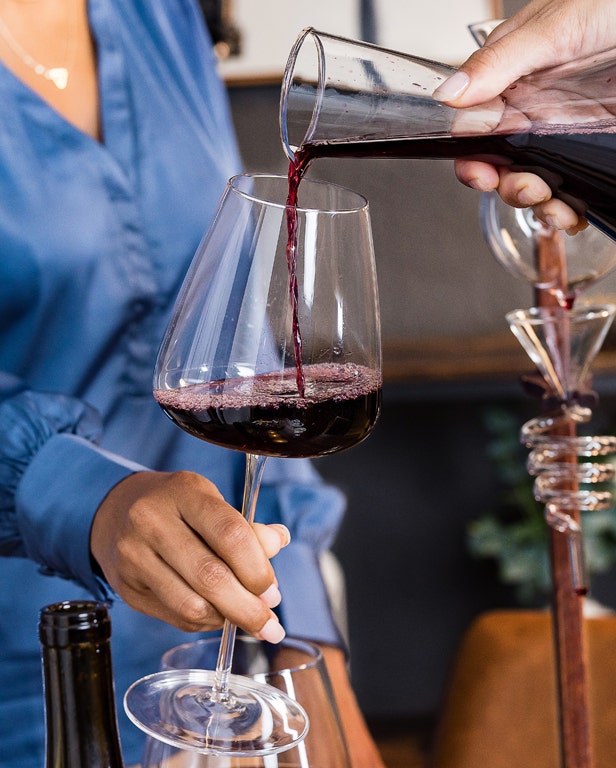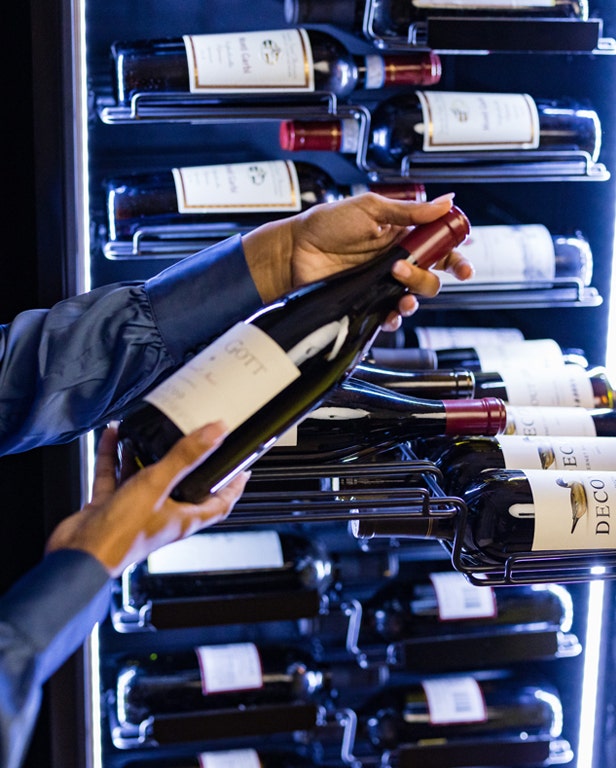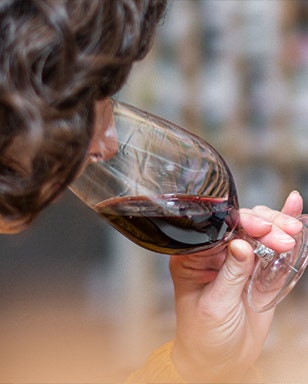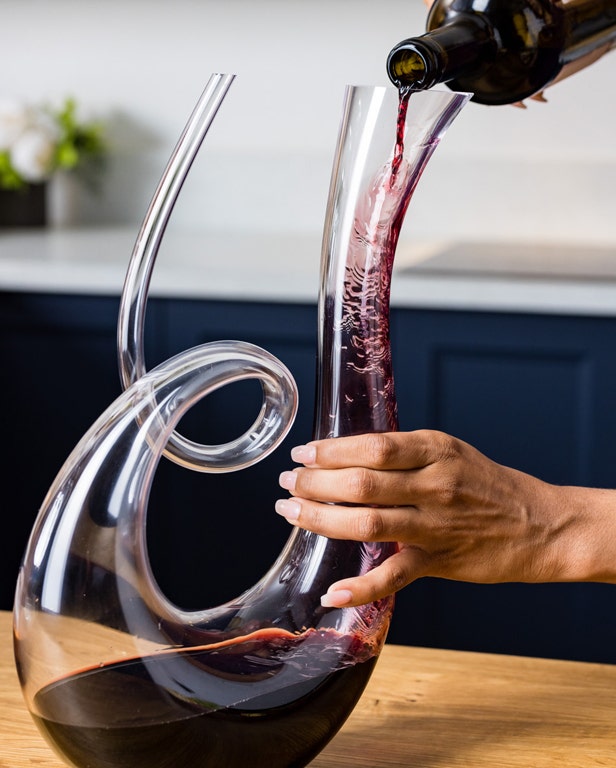The American craft brewing industry would not be where it is today without homebrewing.
The practice has long been a part of our nation’s societal drinking fabric, dating back to at least the time of the indigenous Pueblo people in the American Southwest 800 years ago. Famously, George Washington and Thomas Jefferson made beer for at-home consumption. Later, it was a popular under-the-radar hobby during Prohibition and remained so for decades.
By the time homebrewing was legalized in the 1970s, the country’s beer renaissance had begun. The founders of breweries like Sierra Nevada Brewing Co., New Belgium Brewing Co. and countless others of that era were all hobby brewers first. As the number of American breweries grew throughout the 1980s and 1990s, many professional breweries looked to homebrewers and their creativity for inspiration. Regional clubs popped up where homebrewers could meet up, share tips and ingredients, learn about new equipment and build a sense of camaraderie in a largely solo hobby.
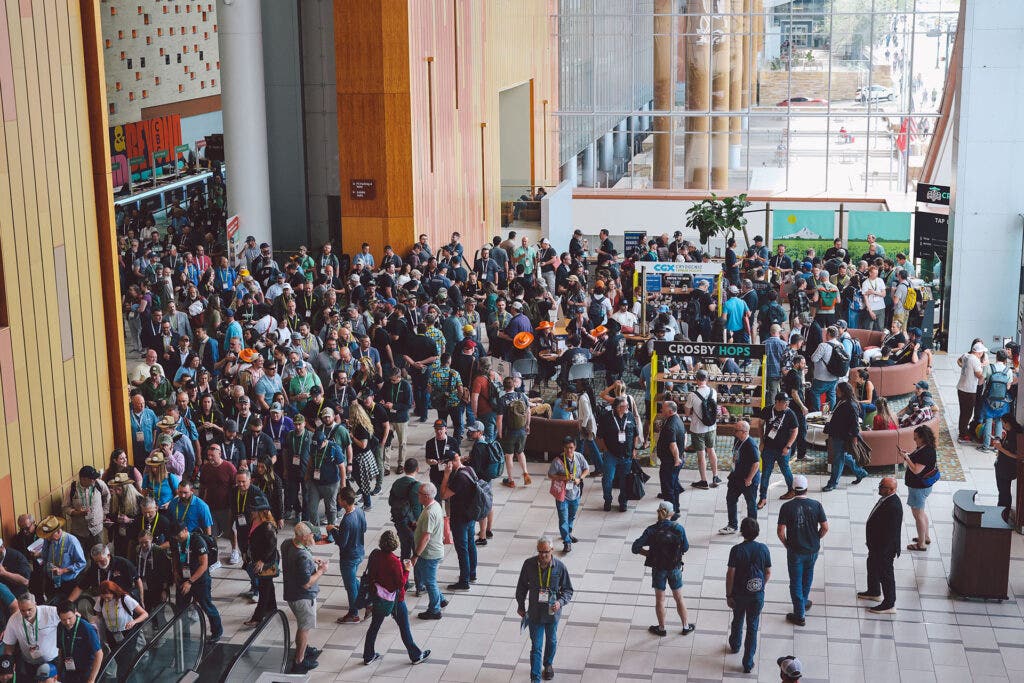
But today, homebrewing is at a crossroads. Over the past seven years, the American Homebrewers Association (AHA) has seen its dues-paying membership drop from 46,000 to 30,000 individuals. It’s an indication of shifting trends that have sent ripples of worry through stalwarts of the hobby. Just like the wine and spirits industry, homebrewing is struggling to appeal to new audiences.
That worry culminated earlier this year when the Brewers Association, the group that oversees the AHA, announced the hiatus of its annual conference Homebrew Con—a gathering where homebrewing enthusiasts attend educational seminars, pour their very best and most outlandish recipes and partake in a raucous club night. Instead, this year in October, a smaller experience will be available for members as part of the Great American Beer Festival, which is also run by the Brewers Association. No definitive plans have yet been announced for 2025.
You May Also Like: Everything You Need to Know to Start Homebrewing Today
Declines in homebrewing may have to do with shifts in the beer industry itself. The need to make beer at home is arguably less appealing since the number of professional breweries in the country is nearly 10,000. The chance to drink small-batch, professionally made beer has never been easier. To be clear, many longtime and dedicated homebrewers aren’t exactly throwing in the towel. But how can current homebrewers and organizations get a new generation involved in the hobby?
“That’s the million-dollar question,” says Marshall Schott, a homebrewer who runs the popular website and podcast Brülosophy. “It might be going back to the local level, focusing on smaller clubs, rather than a national organization to lead things.”
Typically, bringing new homebrewers into the fold happened through the 2,000 registered homebrew clubs around the country, which offer a chance to not only learn about home fermentation but to connect with neighbors. (The AHA has a searchable online database of these clubs.) Meanwhile, events like National Homebrew Day, held on the first Saturday of each May, offer an opportunity for hobbyists to fire up their brewing kettles and invite friends and neighbors over to learn.
You May Also Like: How Homebrewing Impacted Modern American Beer
But as of late, these events have been more insular than inclusive. “Oftentimes, the old guards of homebrewing push people out of homebrewing and clubs because they think they own the definition of homebrewing,” says Annie Johnson, a longtime research and development brewer who was named American Homebrewer of the Year in 2013. “Clubs need to be more progressive in their outreach to recruit members. It takes a concerted effort. I really feel the social aspect will draw in more of the younger generation and open the hobby to all things fermented.”
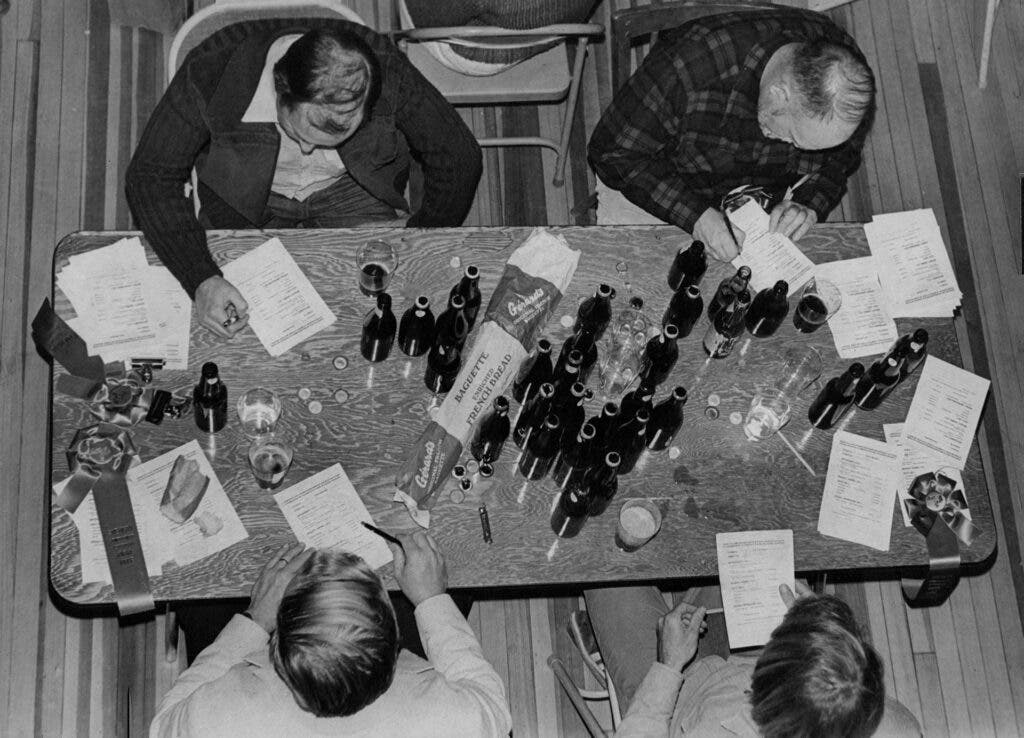
Johnson, Schott and others say local clubs and organizations need to reach beyond the stereotype of the typical homebrewer—middle-aged white men—and find ways to appeal to a wider audience. “Clubs can and should be as diverse as beer styles and focus on the goal of making the best beer possible,” says Johnson. “You’re only going to achieve that with diversity—of thought, processes and experience—and that is not mutually exclusive to fat old white guys.”
The interest is there; tapping into it will be the challenge. The future of homebrewing needs curious, creative and dedicated types who enjoy beer. There’s a lot of those people in the world, and the continued success of the hobby will hinge on making space for them at the table.
“People walk past my garage on brew days, and they think I’m cooking meth” says Schott. “After I assure them I’m not, they ask questions and see it’s approachable. It doesn’t have to be precious. It should be fun.”
Published: April 25, 2024




